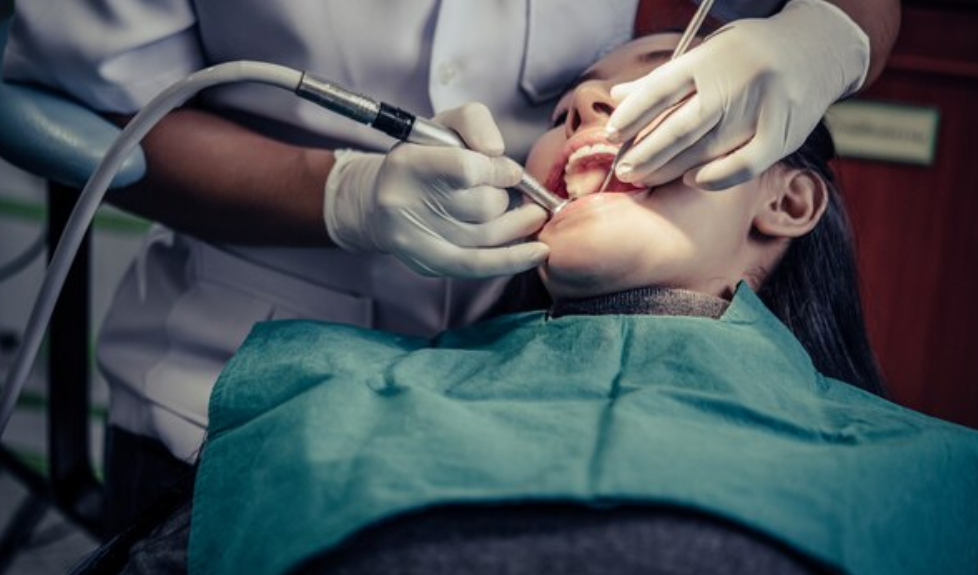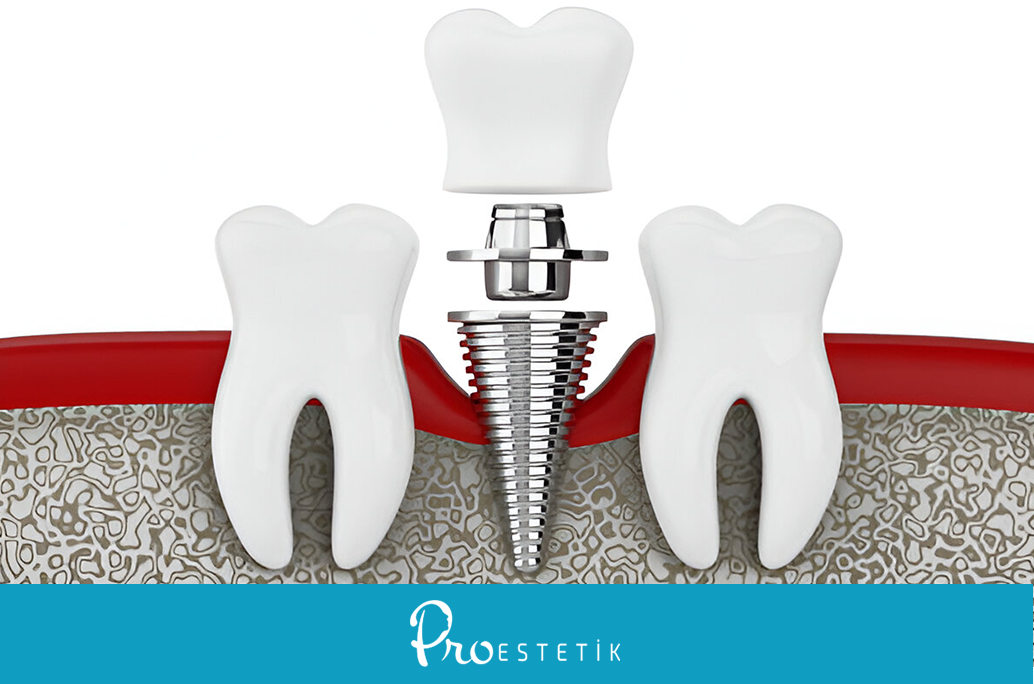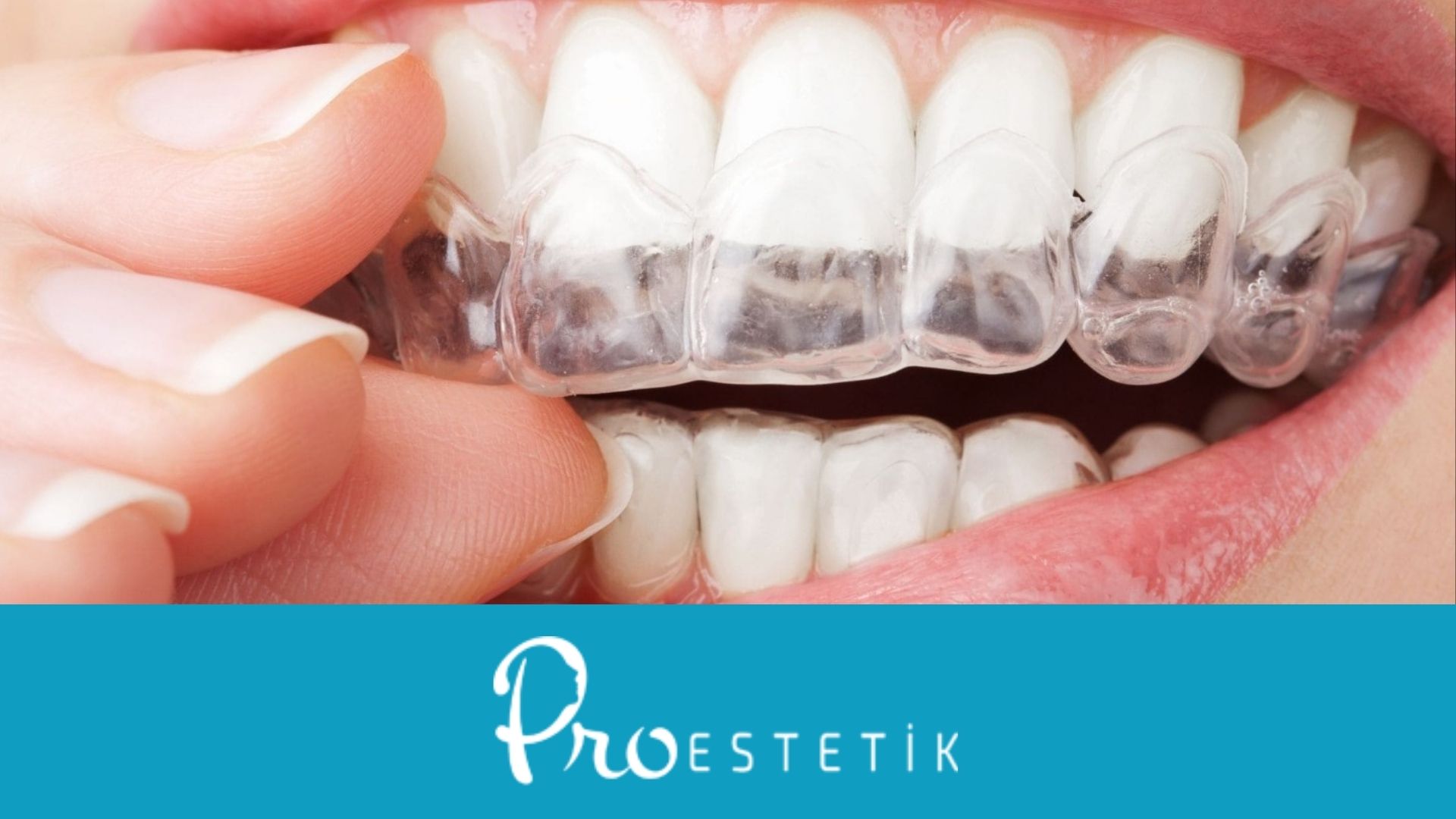Gingivectomy is a dental treatment method used to address issues related to the teeth and gums. It is particularly sought after by individuals who are concerned about the appearance and structure of their gum tissues in relation to their teeth. For those who find that their gums are more prominent than desired, gingivectomy serves to reshape and enhance the overall health of the gum tissues.
Gingivectomy, performed through a surgical intervention, involves the removal of gum tissue to achieve a healthier gum appearance. Commonly referred to as gum contouring or gum reduction, this procedure aims to treat gum diseases and shape the tissues surrounding the teeth, ultimately enhancing the aesthetic appeal of the teeth.
How is Gingivectomy Performed?

The process of performing gingivectomy is as follows:
- Prior to the procedure, a thorough examination is conducted by the dentist.
- Local anesthesia is administered before initiating the treatment.
- If gum contouring is involved, a preliminary step includes the removal of any accumulated tartar on the teeth for overall oral health.
- Root surface smoothing may be performed based on individual cases.
- Gingivectomy treatment commences, utilizing specialized dental instruments to intervene in the gum tissues.
- Depending on the patient's dental structure, a cautery or laser device may be employed.
- Following the procedure, a protective bandage is placed on the gums to facilitate a faster and smoother recovery.
- The bandage remains in place for approximately one to ten days, aiding the healing process.
- The complete recovery period typically ranges from 3 to 4 weeks, but may extend up to 3 months in some cases.
The duration of the gingivectomy procedure varies based on the number of teeth involved and the specific dental conditions, ranging from 15 minutes to 1 hour.
Does Gingivectomy Cause Pain?

While addressing the question of what gingivectomy is, it is essential to consider whether the procedure is painful or poses any risks. Gingivectomy, when performed correctly by a qualified dentist, is a reliable intervention method with minimal associated risks. Precautions, such as local anesthesia during the procedure, help ensure that the patient does not experience pain.
Potential risks, such as bleeding or infection, are mitigated through preventive measures implemented during the treatment. Post-treatment, maintaining good oral hygiene and adhering to dentist-recommended mouthwash and dental floss routines minimize the risk of infections.
Gingivectomy Cost
For those considering gingivectomy, the cost for each tooth is generally between 22 £ (excluding VAT) and 24 £ (including VAT). Pricing variations may occur based on the nature and number of sessions required for the procedure.
Reviews from Those Who Underwent Gingivectomy

Here are some insights from individuals who underwent gingivectomy:
- A protective bandage is applied to the affected gum area for proper healing. Avoiding the consumption of hard foods during meals is advised due to the presence of the bandage.
- While brushing may be restricted due to the bandage, maintaining oral hygiene remains crucial to prevent infection.
- Dentist-recommended mouthwash and dental floss can expedite the healing process.
If you are considering this treatment, feel free to contact us for more information or schedule a free examination at our clinic.
Gingivectomy vs. Gingivoplasty
Delving into the difference between gingivectomy and gingivoplasty, both aim to improve gum health. In gingivectomy, diseased gum tissue is removed and reshaped, while gingivoplasty focuses on enhancing gum appearance without tissue removal.
Ultimately, the choice between gingivectomy and gingivoplasty is determined by a dentist following a thorough examination.
For more detailed information about what gingivectomy is and how it is performed, or to address any questions about your teeth, please contact us for a free consultation at our clinic.

 English
English Turkish
Turkish Deutsch
Deutsch العربية
العربية![[:en]Gingivectomy: What Is It and How Is It Performed? Aesthetic Dental Treatment[:tr]Gingivektomi Nedir Nasıl Yapılır? Estetik Diş Tedavisi[:de]Gingivektomie: Was ist das und wie wird es durchgeführt? Ästhetische Zahnbehandlung[:ar]أنا آسف للالتباس. إليك الترجمة إلى العربية:[:] gingivektomi nedir](https://proestetik.com.tr/wp-content/uploads/2024/01/gingivektomi-nedir.png)










